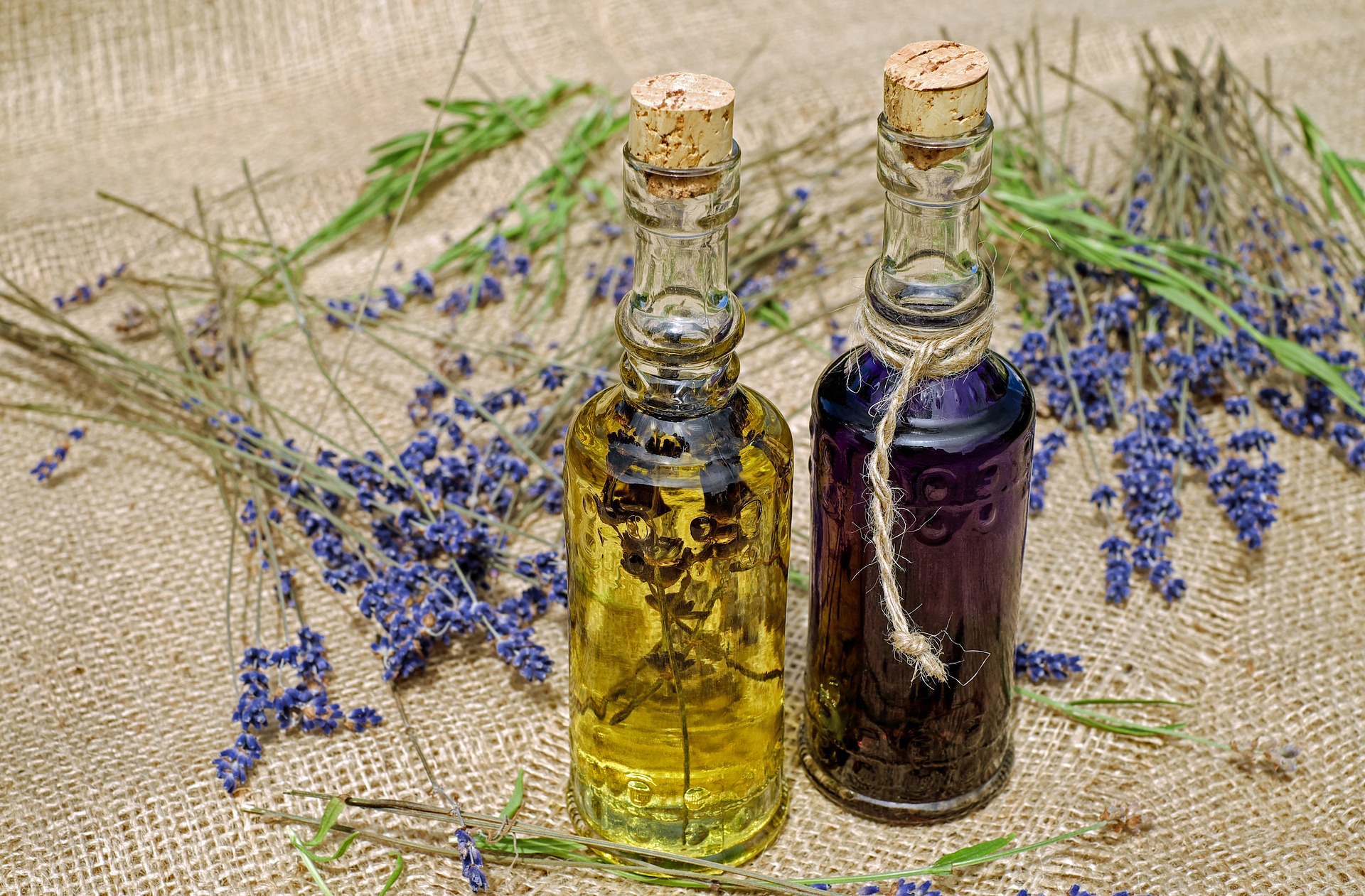Introduction
Aromatherapy, the practice of using essential oils for therapeutic purposes, has gained popularity in recent years as people seek natural remedies to enhance their well-being. If you’re new to the world of essential oils and aromatherapy, this beginner’s guide is your gateway to understanding what essential oils are, their wide-ranging benefits, and how to use them safely and effectively.
What Are Essential Oils? Essential oils are highly concentrated extracts derived from various plants, including flowers, leaves, stems, roots, and fruits. These oils capture the plants’ aromatic compounds and therapeutic properties, making them powerful tools for improving physical, mental, and emotional health.
The Benefits of Essential Oils: Essential oils offer a multitude of benefits, depending on the specific oil used. Here are some common advantages:
- Stress Reduction: Certain oils, like lavender and chamomile, are renowned for their calming effects and stress-relieving properties.
- Improved Sleep: Essential oils like lavender and cedarwood can help promote restful sleep when used in diffusers or applied topically.
- Enhanced Mood: Citrus oils such as lemon and orange are known to uplift and boost mood, making them great choices for a positive atmosphere.
- Pain Management: Oils like peppermint and eucalyptus have analgesic properties and can be used to alleviate headaches, muscle aches, and more.
- Respiratory Health: eucalyptus and tea tree oils can support respiratory health and ease congestion when diffused or inhaled.
- Skin Care: Essential oils like tea tree and lavender have antibacterial properties that can be beneficial for skincare, helping to address acne, inflammation, and other skin issues.
Using Essential Oils Safely: Safety is paramount when using essential oils. Here are some guidelines to ensure safe usage:
- Dilution: Essential oils are potent and should typically be diluted with a carrier oil (e.g., jojoba, coconut, almond) before applying to the skin.
- Patch Test: Always perform a patch test on a small area of skin to check for allergic reactions or skin sensitivities.
- Avoid Ingestion: In most cases, essential oils should not be ingested without proper guidance from a qualified aromatherapist or healthcare professional.
- Consult an Expert: If you are pregnant, nursing, have specific health conditions, or are unsure about using a particular oil, consult with an aromatherapist or healthcare provider.
- Quality Matters: Choose high-quality, 100% pure essential oils from reputable sources to ensure efficacy and safety.
How to Use Essential Oils: There are several ways to enjoy the benefits of essential oils:
- Diffusion: Use an essential oil diffuser to disperse the aroma throughout your space.
- Topical Application: Dilute essential oils in a carrier oil and apply them to the skin for massage or targeted relief.
- Inhalation: Inhale the scent directly from the bottle or add a few drops to a bowl of hot water for steam inhalation.
- Bathing: Add a few drops of essential oil to your bath for a relaxing soak.
Conclusion
Aromatherapy with essential oils offers a natural and holistic approach to well-being. By understanding what essential oils are, their benefits, and how to use them safely, you can embark on a journey of improved health and wellness. Remember to start slowly, experiment, and seek guidance when needed as you explore the world of essential oils.
